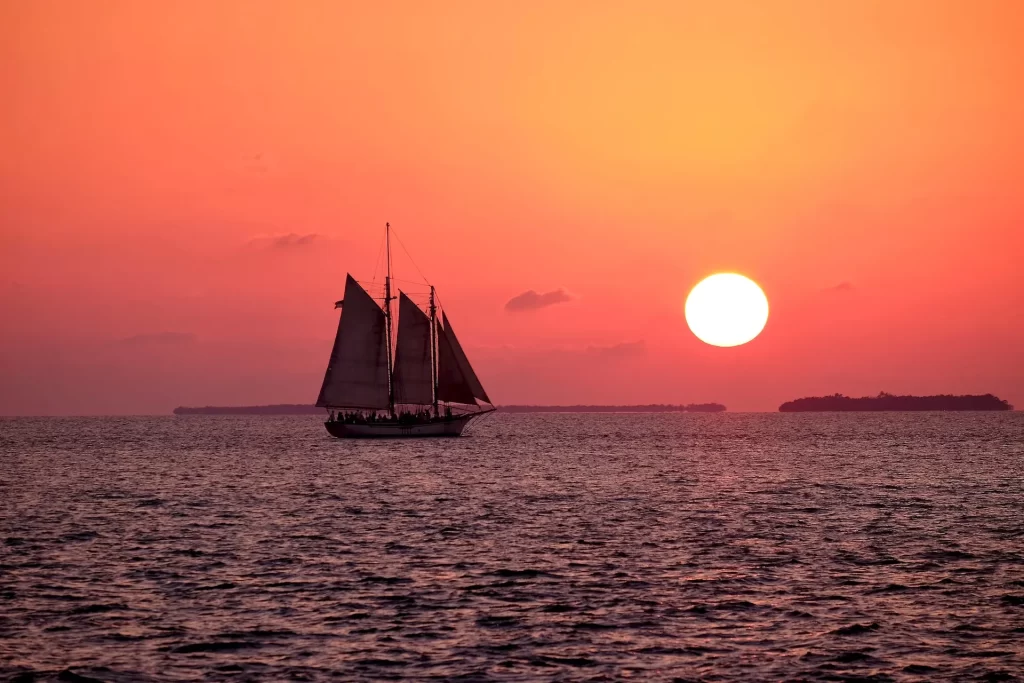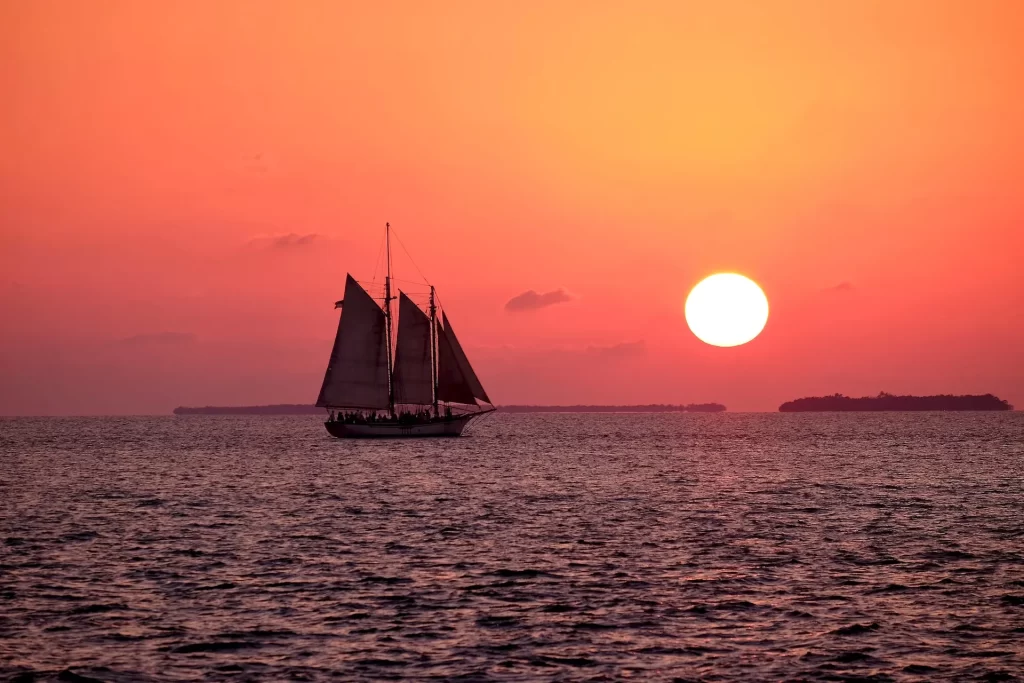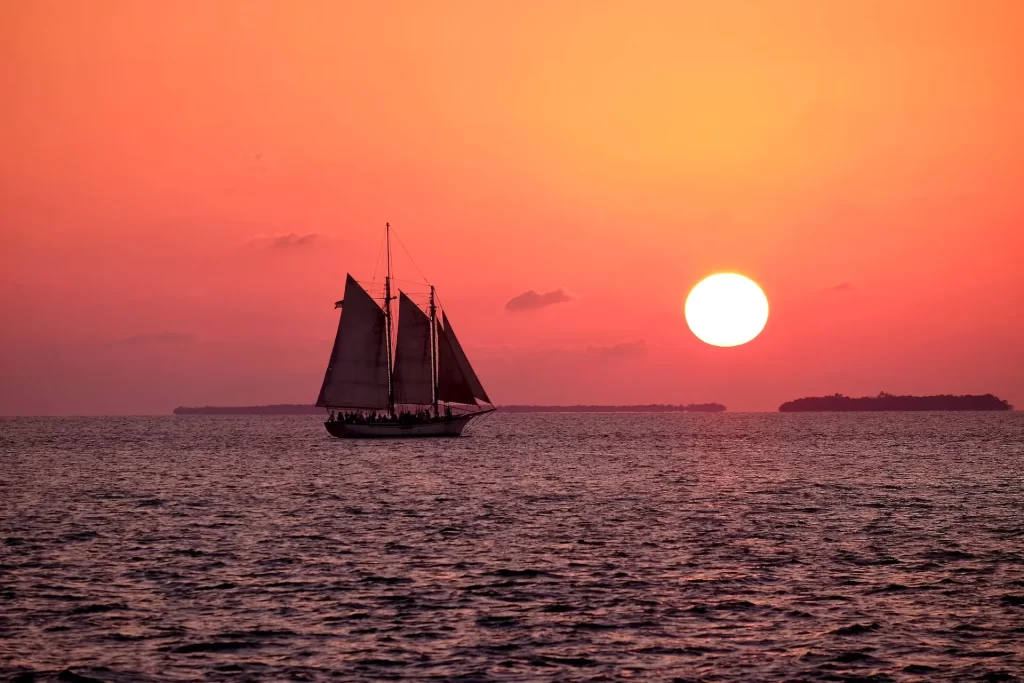Imagine this: It’s a beautiful, sunny day, and you’ve decided to take your boat out for a spin. You’ve been looking forward to this all week, and you’re eager to feel the breeze as you smoothly glide across the water. With excitement and anticipation, you start the engine, accelerate, and start to move forward. But, something seems off – your boat is not picking up the speed you’re expecting, and it just doesn’t seem to be planing out.
This is a common problem faced by boat owners, and can be a frustrating experience. But fear not! In this blog post, we’ll take an in-depth look at the possible causes for a boat not planing out, and provide you with the solutions and fixes you need to get your boat functioning at its best. So, let’s dive right in!
Understanding Planing
Before we get into the common issues and solutions, it’s essential to understand what planing is. Planing refers to the state where a boat is lifted out of the water and skims the surface, with only the hull’s rear portion touching the water. This allows the boat to move forward with minimal resistance and, therefore, increased speed and fuel efficiency.
There are several factors that affect a boat’s ability to get on plane: weight distribution, hull shape, water conditions, engine performance, and proper trim, to name a few. We will now explore some of the specific problems that can cause a boat not to plane out and their corresponding solutions.
Problem 1: Weight Distribution
Issue:
One of the most common reasons a boat struggles to plane is due to improper weight distribution. Too much weight concentrated at the stern (rear) of the boat can cause the bow (front) to rise, making it difficult for the boat to achieve a planing attitude.
Solution:
To address this issue, follow these steps:
- Assess the distribution of your boat’s weight. Take note of any heavy items or equipment that may be concentrated at the stern.
- Shift the weight towards the bow by redistributing passengers, equipment, and cargo.
- Re-test your boat’s performance, adjusting the weight distribution as needed until your boat reaches a stable planing attitude.
Problem 2: Insufficient Engine Power
Issue:
Another possible cause for a boat not planing out is a lack of sufficient engine power. If the engine’s horsepower is too low for the boat’s size and weight, it may struggle to achieve the necessary thrust to get on plane.
Solution:
The best way to fix this issue is to:
- Check your boat’s specifications and recommended engine power. If your engine is underpowered for your boat, consider upgrading to a more powerful engine that suits your boat’s needs.
- Maintain your engine regularly to ensure optimal performance. Clean and replace spark plugs, check and clean fuel injectors, and replace fuel filters when needed.
Problem 3: Incorrect Propeller Selection
Issue:
Using the wrong propeller for your boat can also cause difficulty planing. An incorrect propeller may be too large or small in diameter, or have an improper pitch, causing the engine to underperform and the boat not to plane.
Solution:
To find the right propeller for your boat, follow these steps:
- Consult your boat and engine manufacturer’s recommendations for propeller specifications.
- Consult with a marine expert or propeller specialist for guidance on selecting the correct propeller for your specific boat and engine combination.
- Experiment with different propellers, if necessary, to find the one that delivers the best performance and planing capabilities for your boat.
Problem 4: Engine Trim Positioning
Issue:
Improper engine trim positioning can also lead to difficulty planing. If the engine trim is too high or too low, the boat will not achieve the optimal angle for planing, which can result in sluggish performance.
Solution:
Adjust your engine trim position by following these steps:
- Start by setting your engine trim to the lowest or “all the way down” position.
- Accelerate and observe the boat’s performance. If the boat is still struggling to plane, gradually increase the trim until the boat reaches a planing attitude.
- Be cautious not to over-trim, as this can cause the boat’s bow to bounce, making it difficult to maintain a stable planing attitude.
Problem 5: Dirty or Damaged Hull
Issue:
A dirty or damaged hull can create unnecessary drag on your boat, making it harder for it to plane out. This issue is often overlooked but can significantly impact your boat’s performance.
Solution:
To address this issue, take the following steps:
- Inspect your hull for any damage, such as cracks, gouges, or blisters, and repair them as necessary.
- Clean the hull regularly. Remove any debris, algae, or barnacles that can cause drag and slow your boat down.
- Consider applying an anti-fouling paint to help prevent the buildup of marine organisms on your hull.
Wrapping Up
Now that we’ve thoroughly explored the common problems that can cause a boat not to plane out, you should have a better understanding of the possible issues and solutions. Remember to keep an eye on proper weight distribution, engine power, propeller selection, engine trim positioning, and hull cleanliness. By addressing these factors, you’ll be well on your way to enjoying smooth, efficient cruising on the water. Don’t let planing problems ruin your boating experience; use these tips to get your boat planing out just like it should.
Frequently Asked Questions
How do you help a boat plane out?
To help a boat plane out, distribute weight evenly across the boat, trim the outboard engine, and increase the throttle gradually. Additionally, installing trim tabs or using a hydrofoil can help with maintaining a planing attitude and achieve a smoother ride.
How do I get my boat to plane faster?
To get your boat to plane faster, make sure the boat’s weight is properly balanced, and the hull is clean and free of any debris. Use the proper size propeller for your boat and engine. Gradually increase throttle, and consider installing trim tabs or a hydrofoil for improved performance.
What causes a boat to not accelerate?
Several factors can cause a boat to not accelerate, including a dirty or damaged propeller, a clogged or damaged fuel line, engine issues, or an overloaded boat. Check all of these components and ensure the boat is properly maintained and not carrying excessive weight.
What causes a boat to plane?
A boat planes when it reaches a certain speed, and the hull lifts out of the water. This reduces drag and allows the boat to move more efficiently. Factors that contribute to planing include boat design, weight distribution, engine power, and the use of trim tabs or hydrofoil.
What is a proper weight distribution for a boat to plane out?
Proper weight distribution for a boat to plane out should be balanced and even, without excessive weight in the bow or stern. Adjust the cargo and passenger positions to maintain a horizontal orientation, allowing the boat to lift onto the plane more effectively.
Can a damaged propeller affect a boat’s planing ability?
Yes, a damaged or improperly sized propeller can significantly impact a boat’s planing ability. Ensure the propeller is undamaged and correctly matched to your boat and engine for optimal performance.
How does hull design impact planing?
The hull design plays a crucial role in a boat’s ability to plane. A planing hull is designed to lift and skim across the water at high speeds, reducing drag. Deep V hulls, modified V hulls, and flat-bottom hulls are examples of hull designs that can plane effectively.
Do trim tabs help with planing?
Yes, trim tabs can assist with planing by allowing you to adjust the boat’s attitude and maintain the optimal angle for planing. This also provides a smoother, more comfortable ride.
How does engine power affect planing?
Engine power is a significant factor in a boat’s ability to plane. An underpowered boat will struggle to reach planing speeds, while an overpowered boat can cause control issues. Ensure the engine is appropriately sized and maintained for your boat’s specifications.
What is the role of a hydrofoil in planing?
A hydrofoil is an accessory installed on the lower unit of an outboard or sterndrive engine. It creates lift as water passes over it, helping the boat reach a planing attitude faster and improving overall performance and fuel efficiency.
- Addressing Common Stik Boat Problems: Expert Solutions and Tips - June 15, 2023
- Sea Hunt Boat Problems: Common Issues & Solutions Explored - June 15, 2023
- Rinker Boat Problems: Top Issues & Solutions for Owners - June 15, 2023








